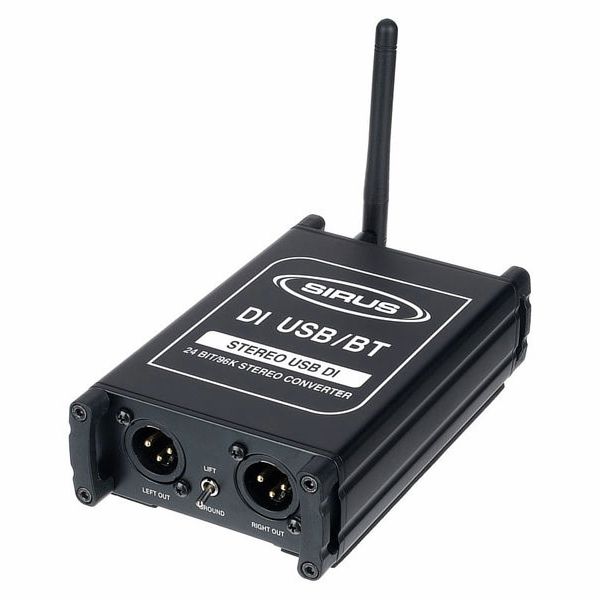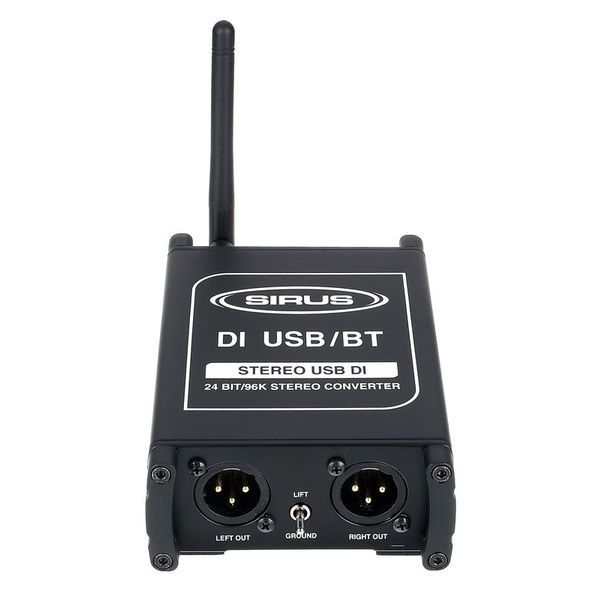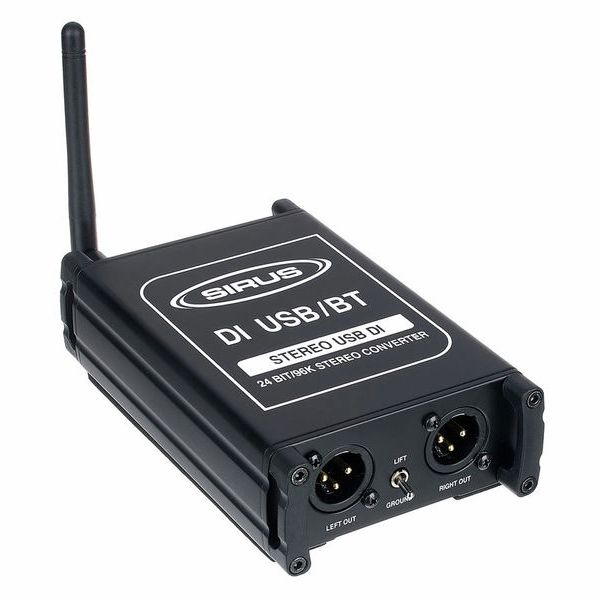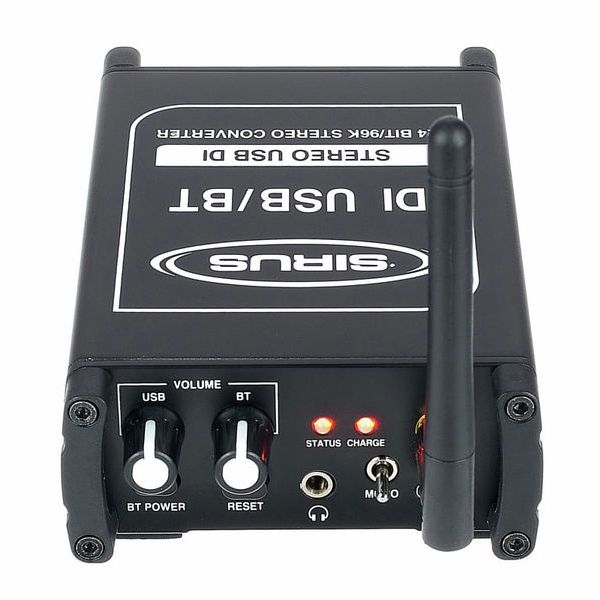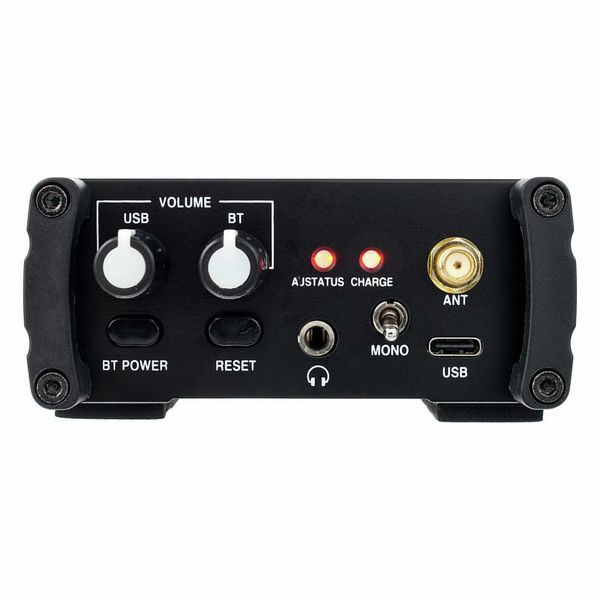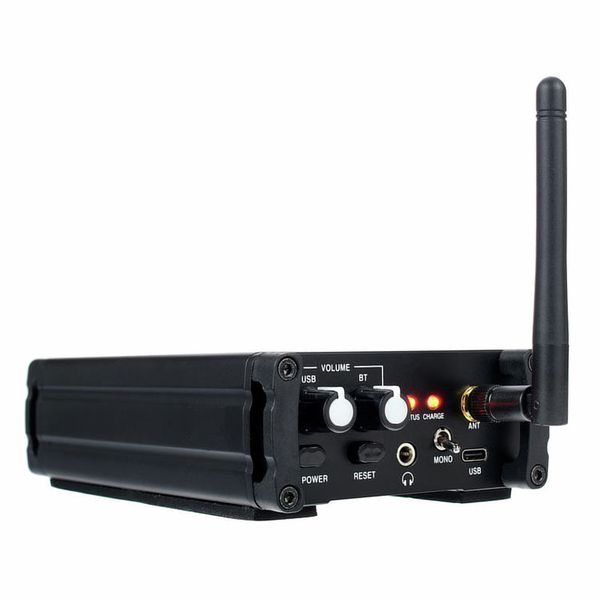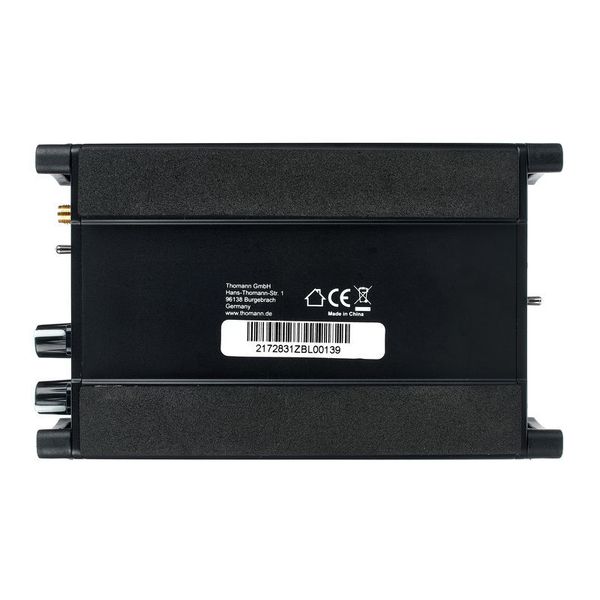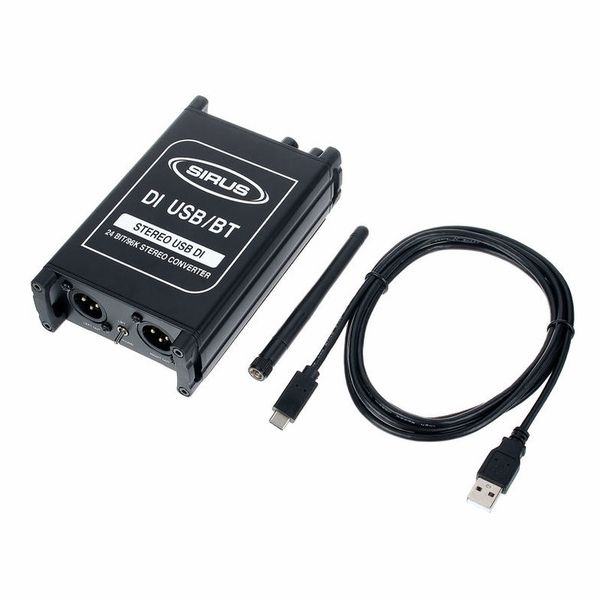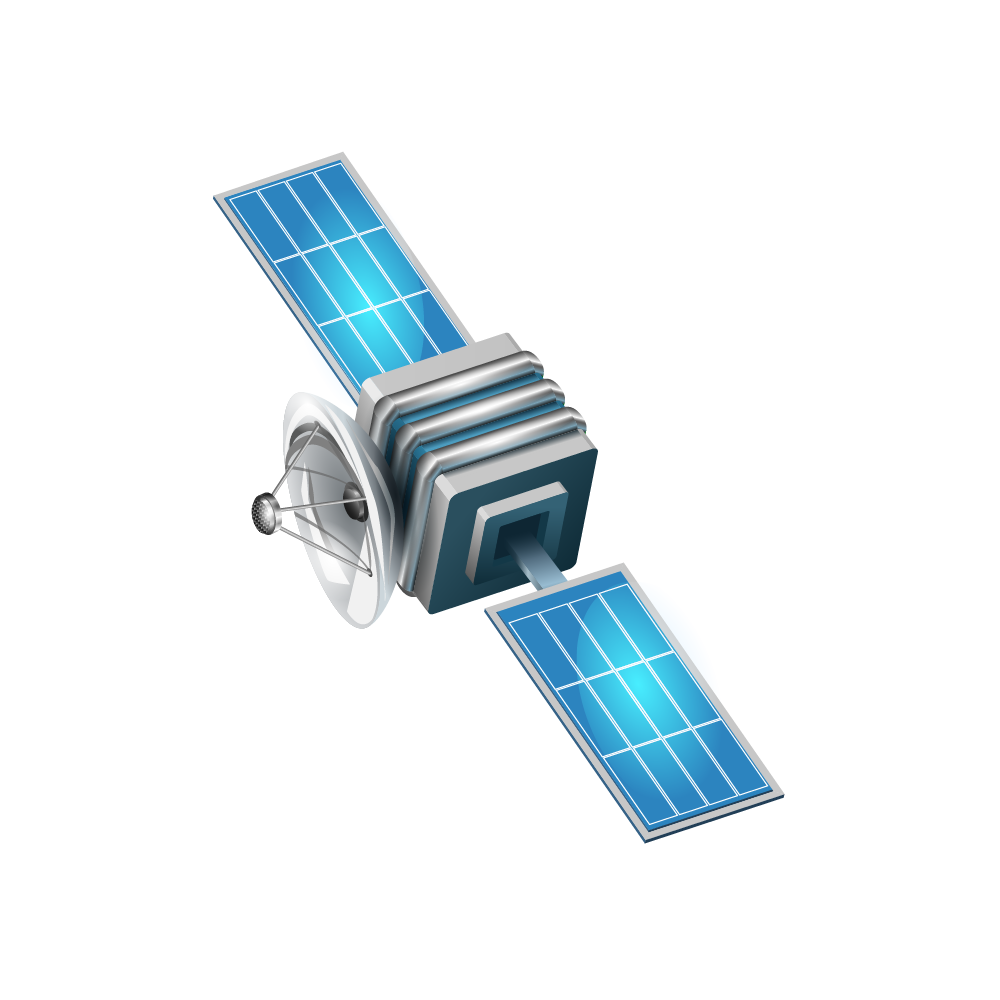A USB DI is infinitely superior to using the crap minijack output of your laptop for performances, and here the Sirus USB-DI does it for you, no more mess of whatever adapters before going into a DI box anyway - also, I use arch btw and it works straightforwardly.
Did I say "no more mess"? Wait, that device won't work on a usb-c to usb-c cable, you HAVE to plug an adapter from C to A then use a regular A to C cable to use it (forget it on modern hardware)
But, why bother with wires, there's Bluetooth right? Here it falls completely, utterly on its face is with the quality of the sound on the BT interface; it is just unusable, even as background music. I couldn't quite believe my ears so I switched around 2 laptops and my cellphone, each time comparing Wired vs. BT. I have other BT devices around, and was able to check that my BT output was clean, the sound rendered on the Sirus output was awful, mushy, flat while absolutely OK when wired.
One way of testing this was to use a little JBL speaker that features both a minijack input, (wired from the Sirus headphone output), and a BT input ; connecting my phone to the Sirus BT provided very poor sound quality while connecting my phone straight to the JBL provided good sound. With the laptops it was just a matter of switching around between Wired/BT and it's the same, unfortunately.
Buy it for the DI, do it, but forget the BT. And usb-c.


